
The painting “Leaning Harlequin”, or as it is also called “Leaky Harlequin,” marked the beginning of the “blue” period in the work of Pablo Picasso.
In 1901, the artist moved to Paris, where he met with his bohemians and representatives of the creative intelligentsia. The ideas of impressionism, post-impressionism and sentimentalism, and A. Toulouse-Lautrec, E. Degas, P. Gauguin, who preached them, greatly influenced the work of Picasso of this period.
In the present work, although it is possible to catch a hint at the influence of the ideas of impressionism, the individual style of Picasso’s master is clearly readable.
The hero of the picture is a young youth, dressed in a blue checkered leotard, who sits at a table in a cafe. His face is so thickly smeared with white that contrasts sharply with the color of his hands. Blue coloring as it illuminates the picture from the inside and further emphasizes the whiteness of the face, collar and cuffs.
The image of the harlequin is melancholic and thoughtful, which is emphasized by the facial expression and special pose. The hero resembles a rather sad Pierrot – a symbol of unhappy unrequited love.
It is believed that this picture was a kind of response to the death of a friend of Picasso – Carlos Casagemasa, with whom the artist was very close spiritually, and dreamed of conquering the artistic world. Carlos killed himself. The reason for this was unrequited love.
Today, the picture can be seen in the Metropolitan Museum in New York, where work hangs in free access, and everyone can look into the sad eyes of the harlequin.
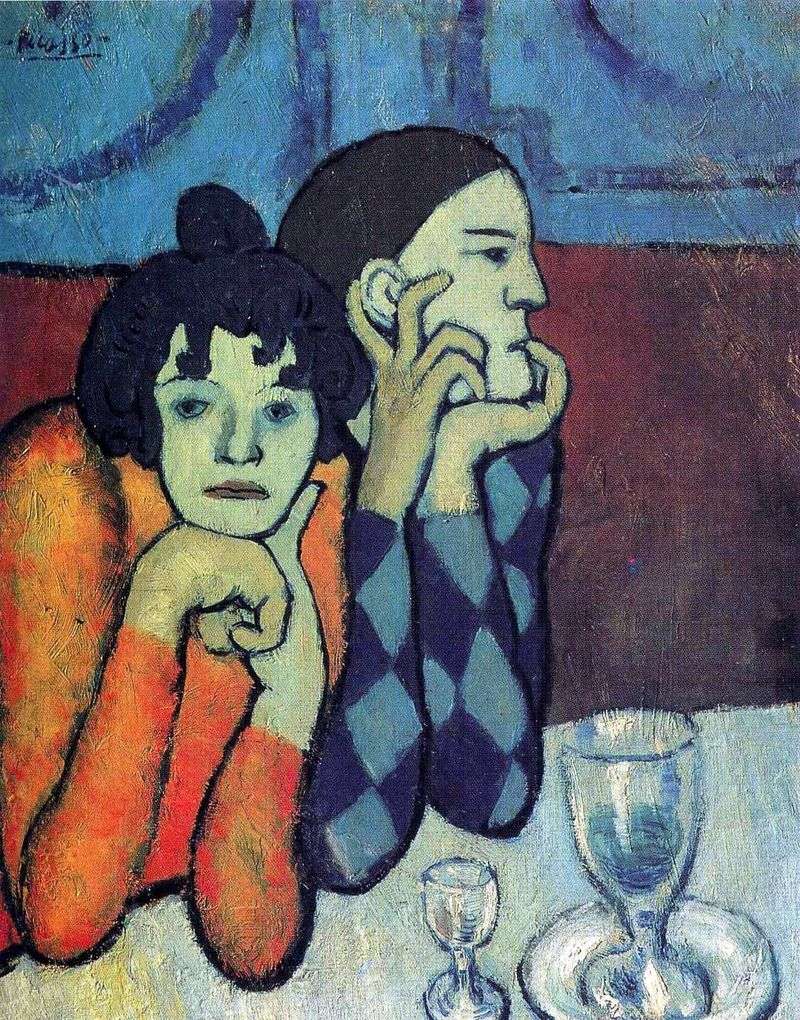 Harlequin and his girlfriend by Pablo Picasso
Harlequin and his girlfriend by Pablo Picasso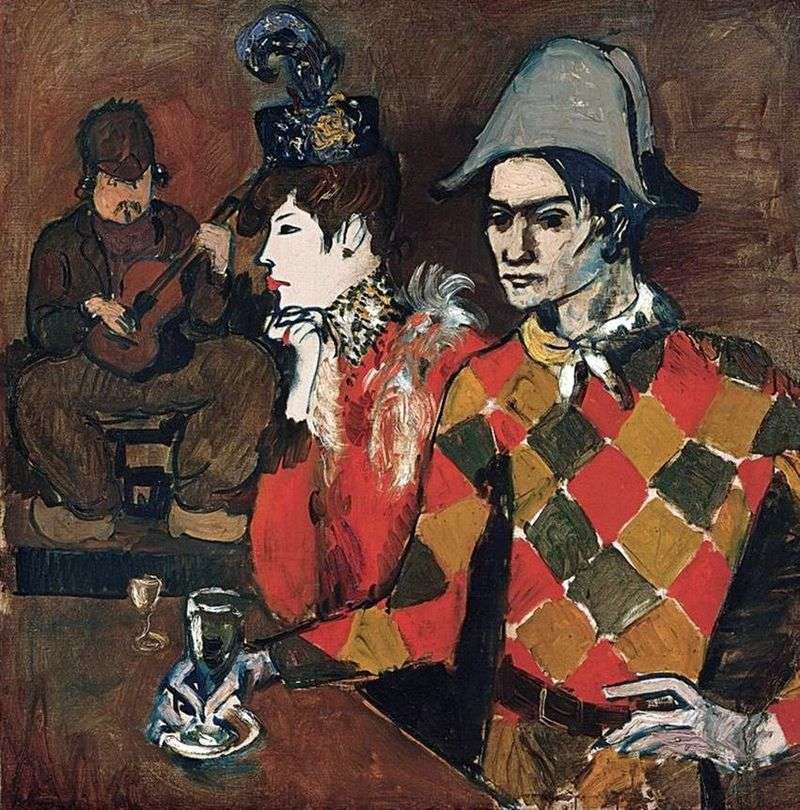 In the cabaret agile rabbit or Harlequin with a glass by Picasso Pablo
In the cabaret agile rabbit or Harlequin with a glass by Picasso Pablo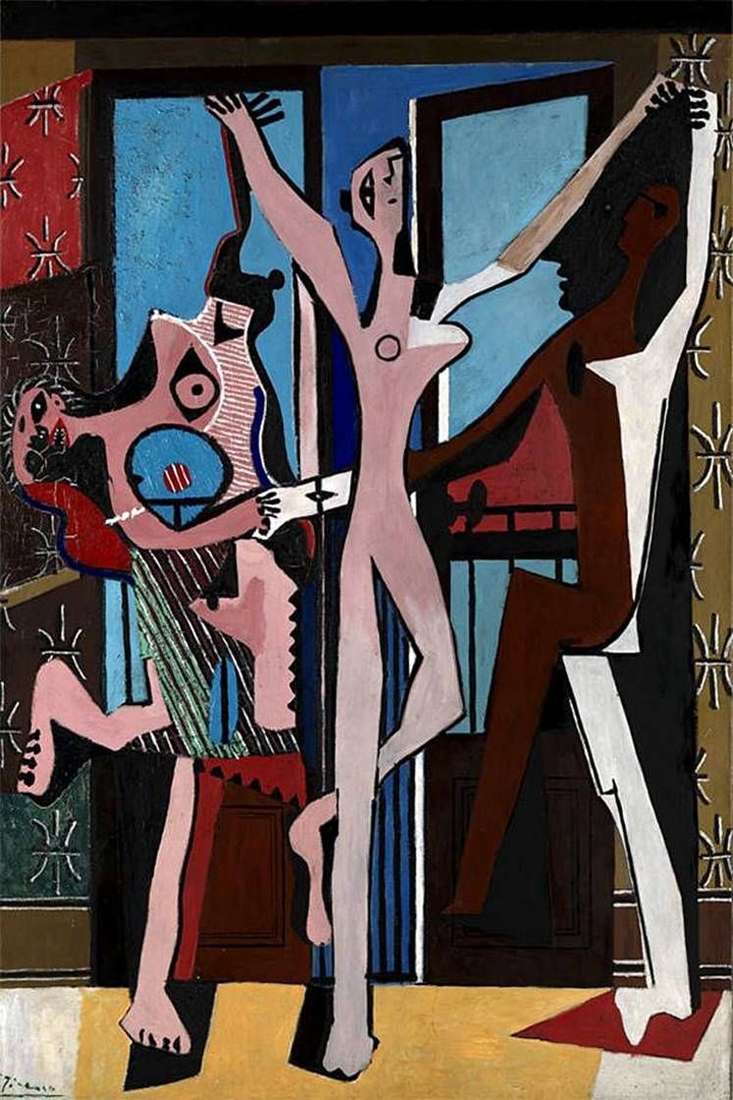 Dance by Pablo Picasso
Dance by Pablo Picasso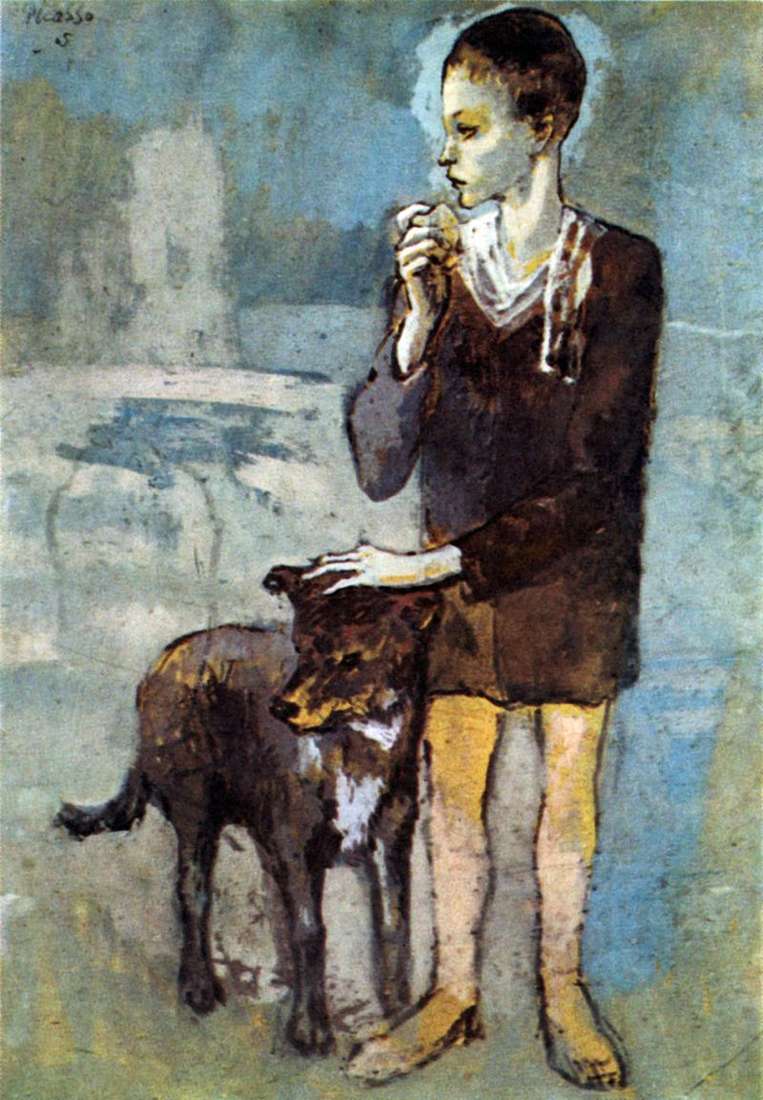 Boy with a dog by Pablo Picasso
Boy with a dog by Pablo Picasso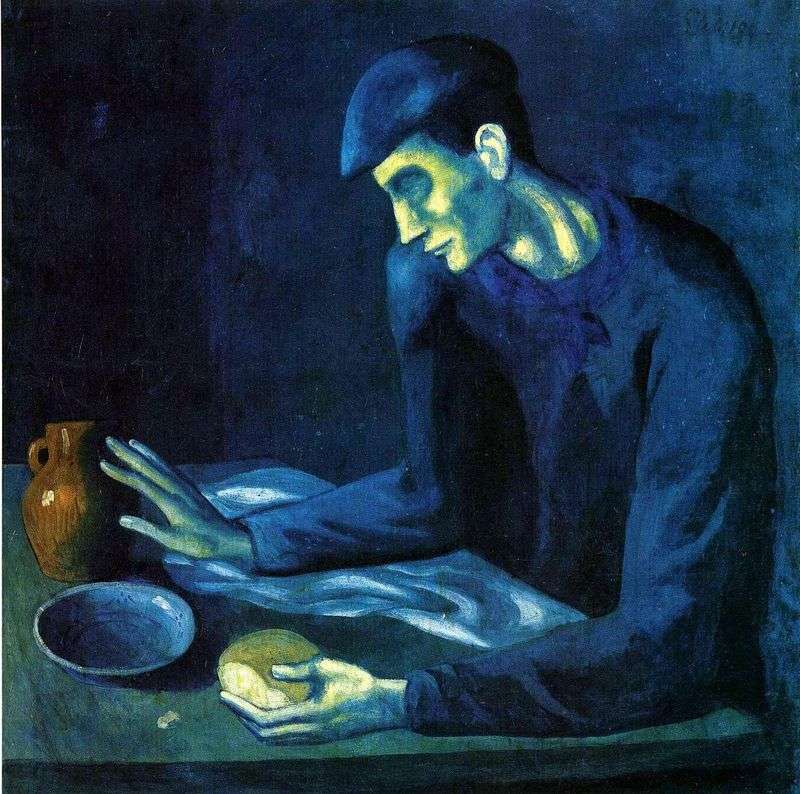 Breakfast of the Blind by Pablo Picasso
Breakfast of the Blind by Pablo Picasso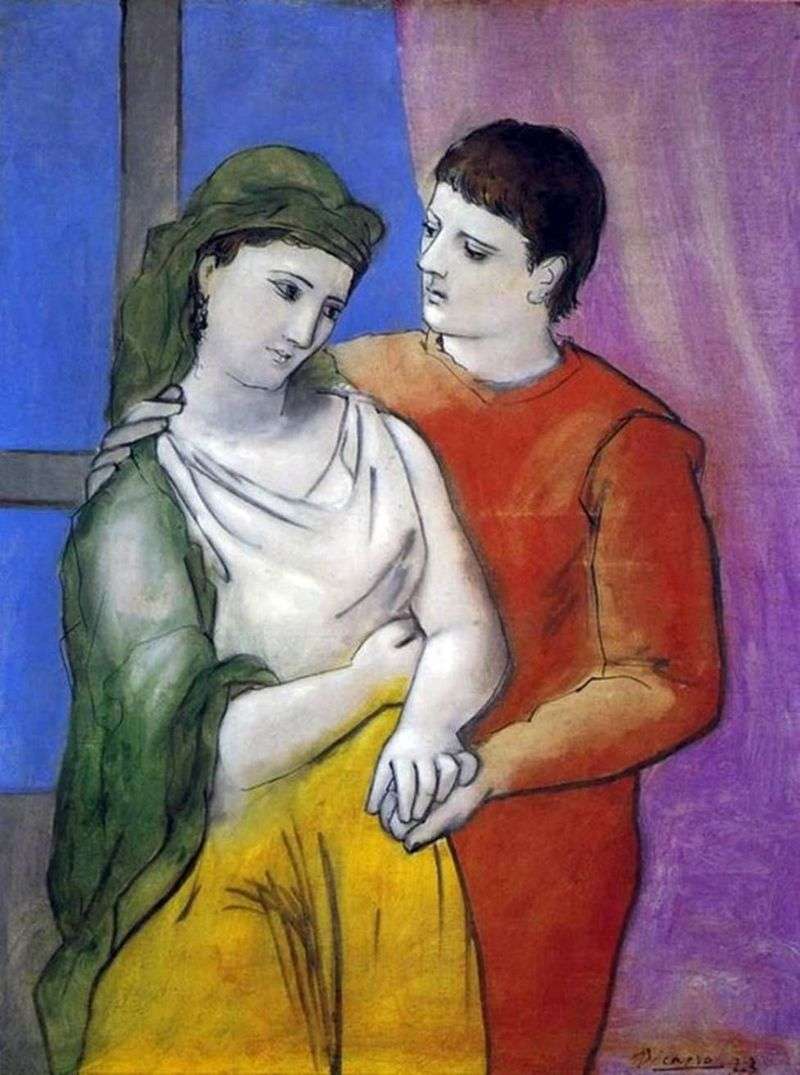 Lovers by Pablo Picasso
Lovers by Pablo Picasso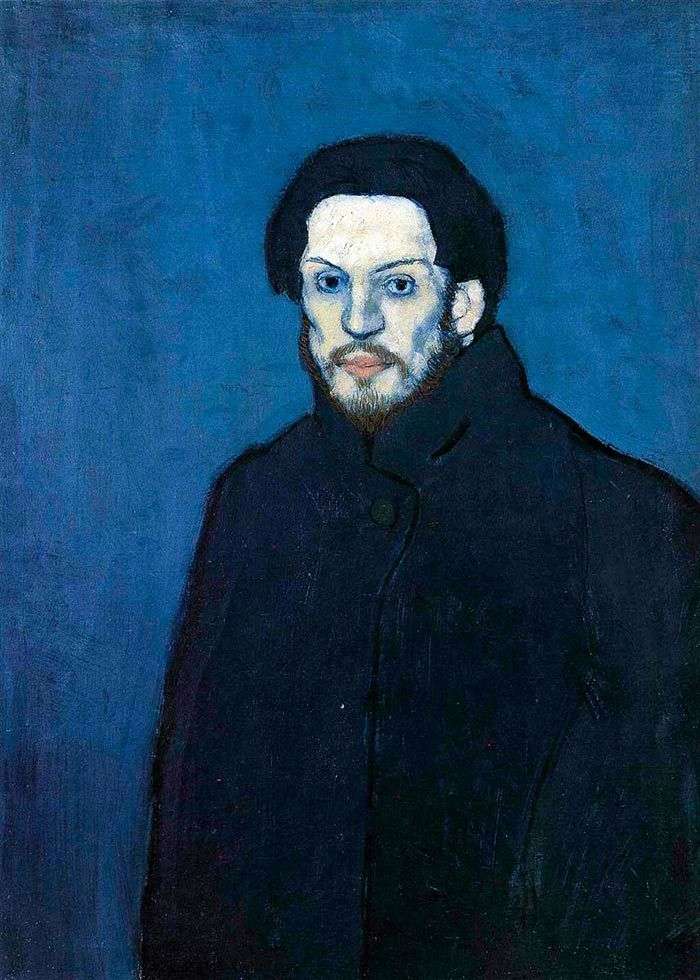 Self Portrait in the Blue Period by Pablo Picasso
Self Portrait in the Blue Period by Pablo Picasso Nude Green Leaves and Bust by Pablo Picasso
Nude Green Leaves and Bust by Pablo Picasso